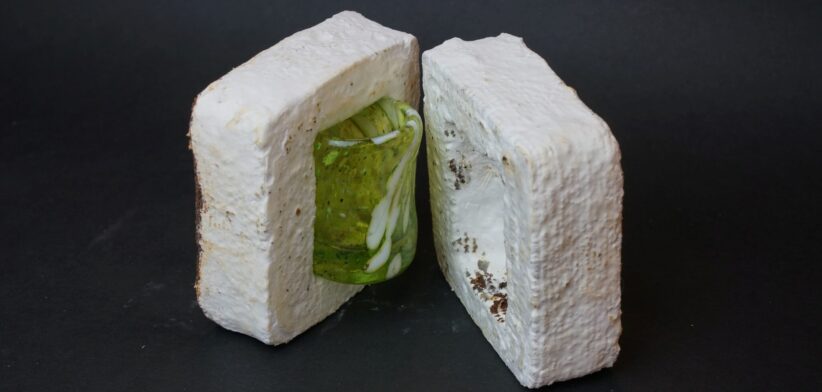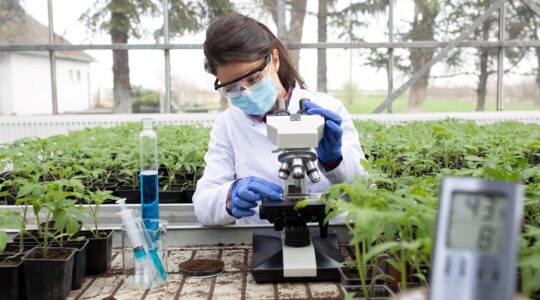Researchers have combined coffee grounds with other organic materials to create 3D-printable packaging, with the potential to replace Styrofoam.
The team at the University of Washington (UW) developed a new system for turning coffee grounds into a mycofluid paste to be used in 3D printers.
Lead study author Danli Luo, a UW doctoral student, said they were able to “inoculate” the paste with mushroom spores, which grew on the objects to form a mycelial skin.
Ms Luo said the skin turned the coffee grounds, even when formed into complex shapes, into a resilient, fully compostable alternative to plastics.
“For intricate designs, the mycelium fuses separately printed pieces together to form a single object,” she said.
“We’re especially interested in creating systems for people like small businesses owners producing small-batch products — for example, small, delicate glassware that needs resilient packaging to ship.
“So, we’ve been working on new material recipes that can replace things like Styrofoam with something more sustainable and that can be easily customized for small-scale production.”
Ms Luo said the team printed various objects, including packaging for a small glass and a two-piece coffin the size of a butterfly.
She said the finished material was heavier than Styrofoam, closer to the density of cardboard or charcoal.
“It was as strong and tough as polystyrene and expanded polystyrene foam, the substance used to make Styrofoam.”
Read the full study: 3D-Printed Mycelium Biocomposites: Method for 3D Printing and Growing Fungi-Based Composites.








